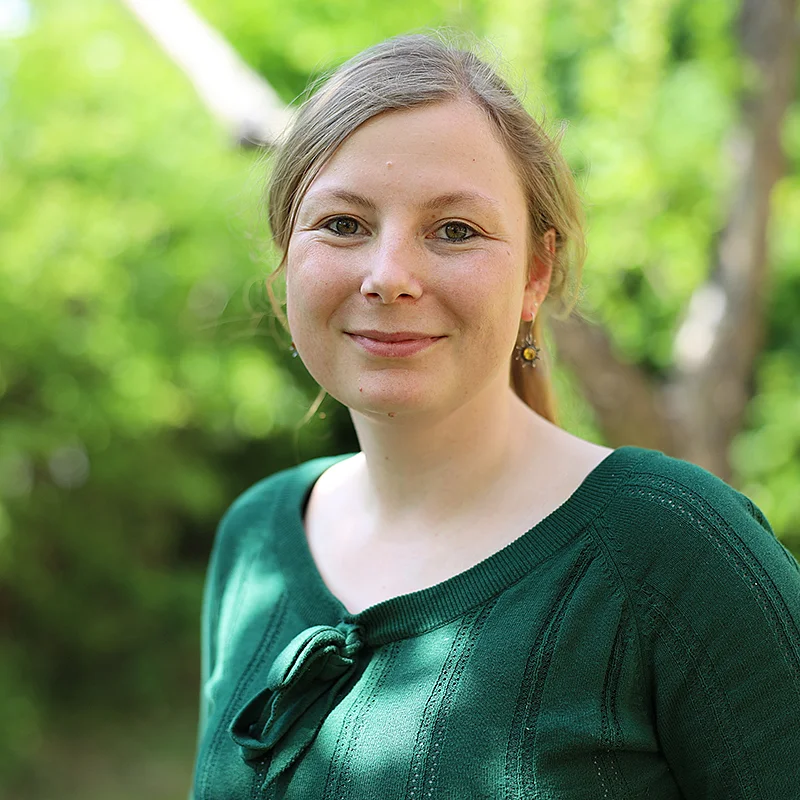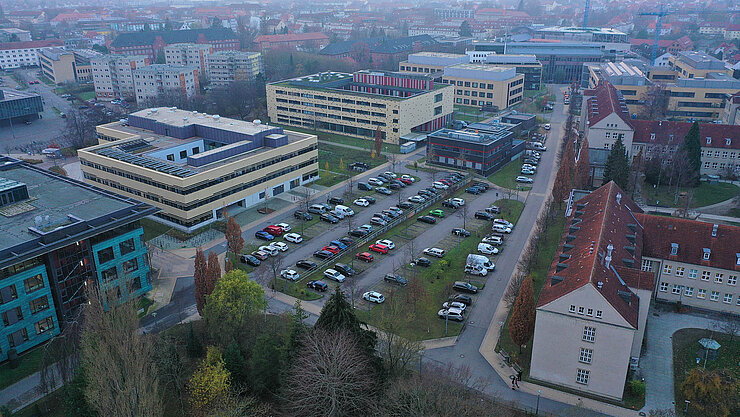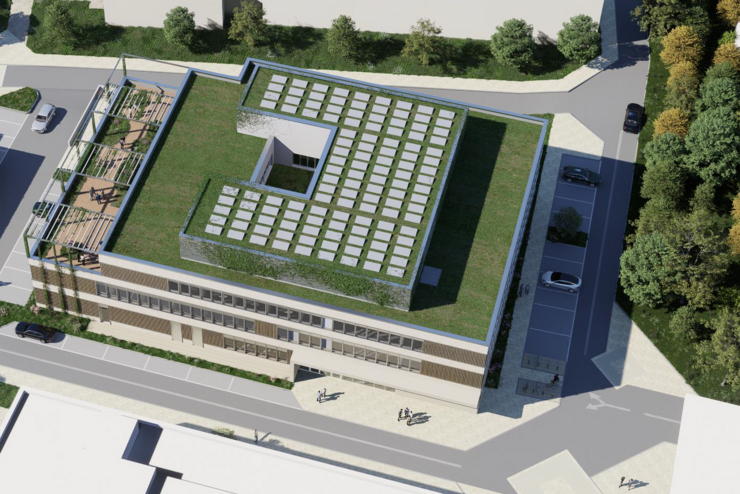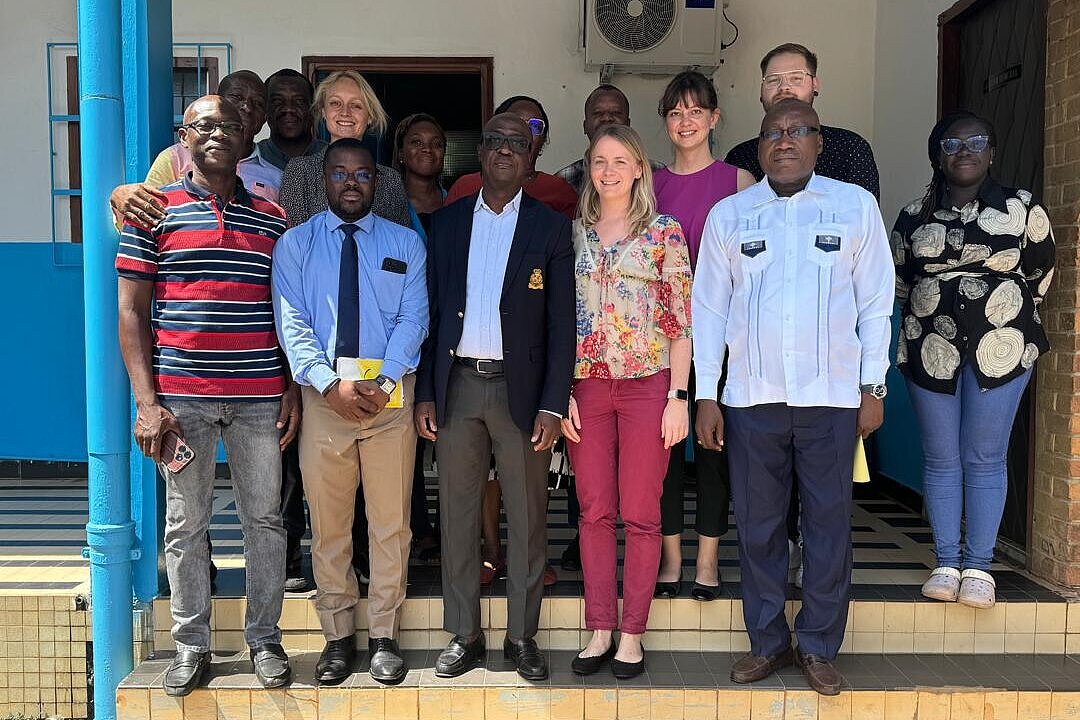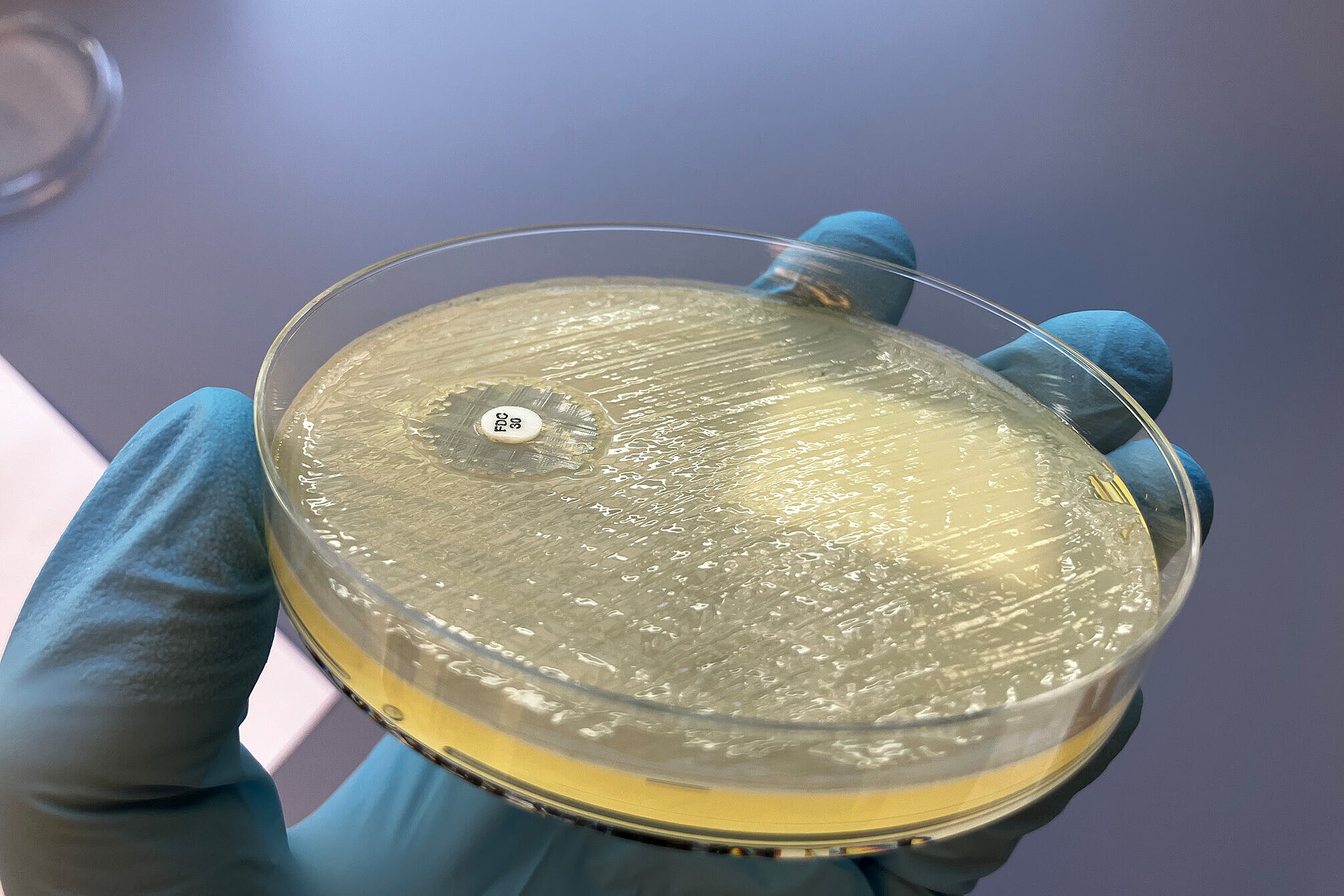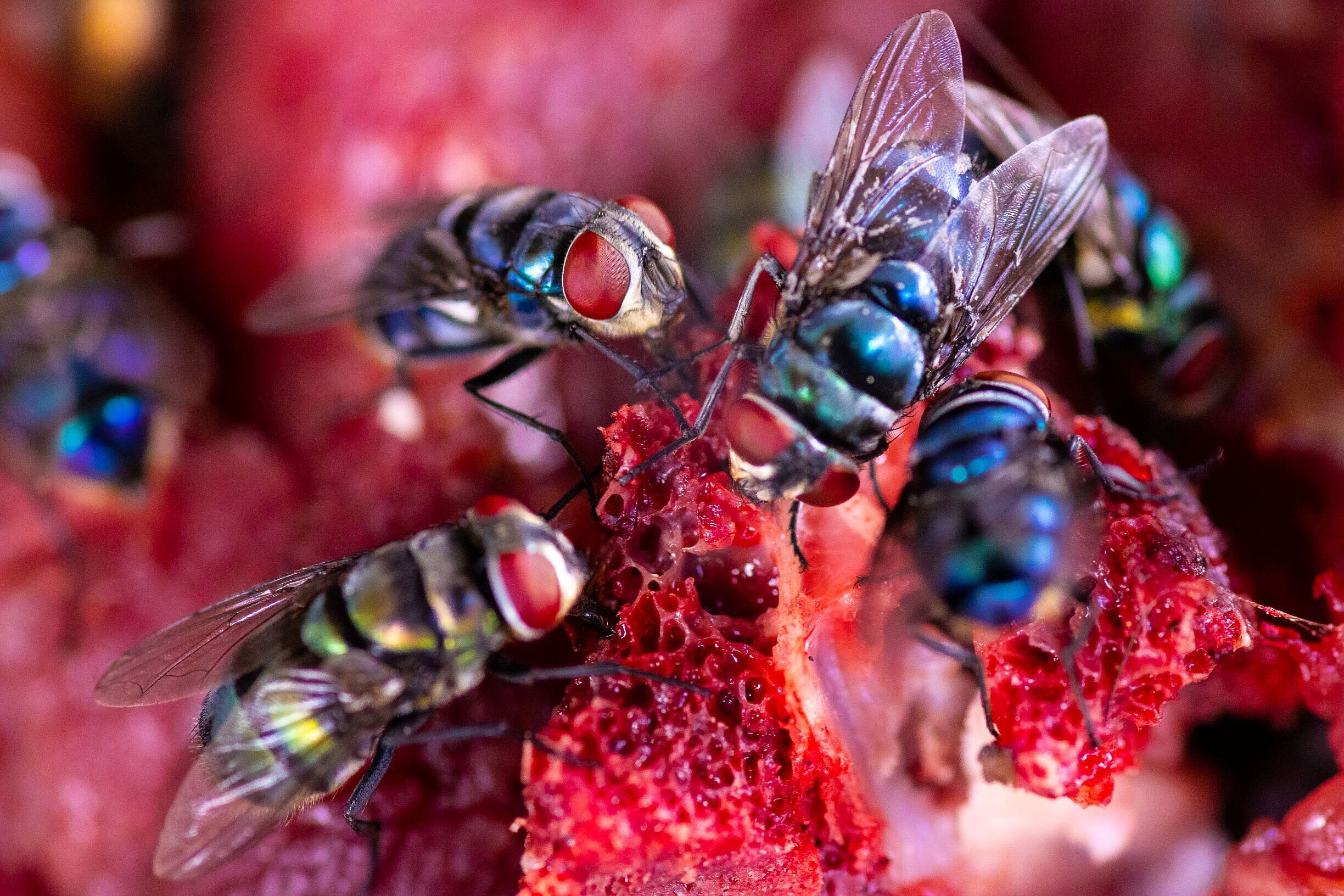Until now, the employees of the HIOH have been located in various buildings on the Beitz-Platz campus, including the University Medical Centre and the University of Greifswald. However, the space is increasingly becoming too small for the growing institute. Therefore, the federal government and the state of Mecklenburg-Western Pomerania have approved the construction of a new institute building. The construction of state-of-the-art laboratories will not only provide space for researchers, but will also promote scientific excellence and the international competitiveness of the region.
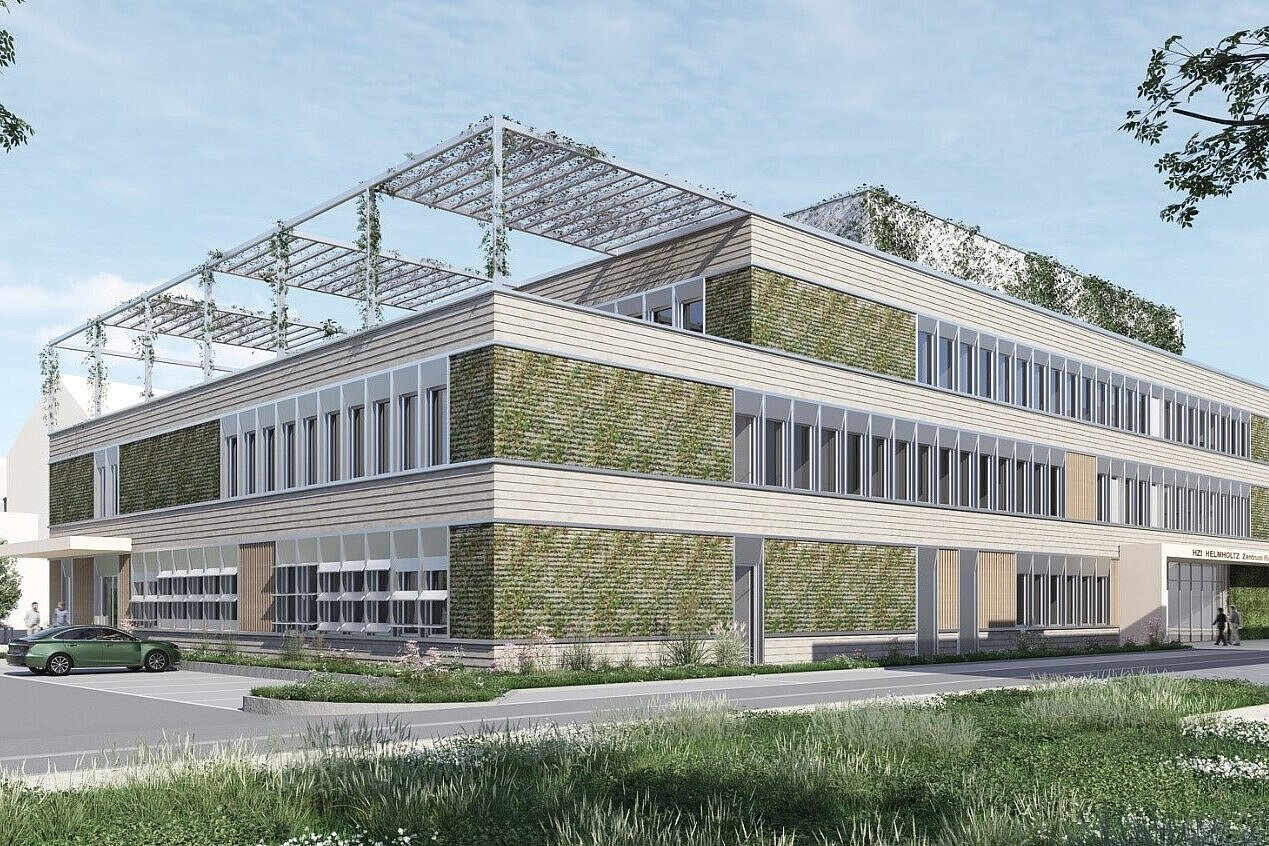
All set for the new HIOH building
The laboratory and office building is being built on a car park area of the university campus on Felix-Hausdorff-Straße and will meet a high energy standard. Before construction begins, the car park will be dismantled. To compensate, a new car park has already been created by the university near the arboretum. To compensate for the approved removal of the vegetation on the construction site by the end of February 2025, replacement plantings are planned at the building site and in Greifswald’s City Park. The new institute building will also receive additional plantings in the form of green facades and a green roof with integrated rainwater storage. In line with the institute's One Health philosophy, many areas around the building will remain unsealed and planted with insect-friendly ground covers and shrubs that will serve as year-round flowering and food plants for wildlife and insects. Furthermore, nesting places for various bird species will be created in and on the facade, and bat roosts will be integrated. The new building will thus become a local biodiversity hotspot in the urban area and create valuable habitat for insects, birds and bats.
In the interests of sustainability, durable and recyclable building materials will be used. A photovoltaic system will be installed on the roof surfaces. Construction is scheduled to begin in July 2025; the new building is expected to be operational in summer 2027. The total construction costs of 38 million euros will be covered by the federal government and, for the larger part, by the state of Mecklenburg-Western Pomerania.
The new HIOH institute building marks a milestone in strengthening One Health research in Germany and particularly in Mecklenburg-Western Pomerania. With its state-of-the-art infrastructure and interdisciplinary approach, the HIOH will help to further advance scientific collaboration in Greifswald and innovations in global health research.
